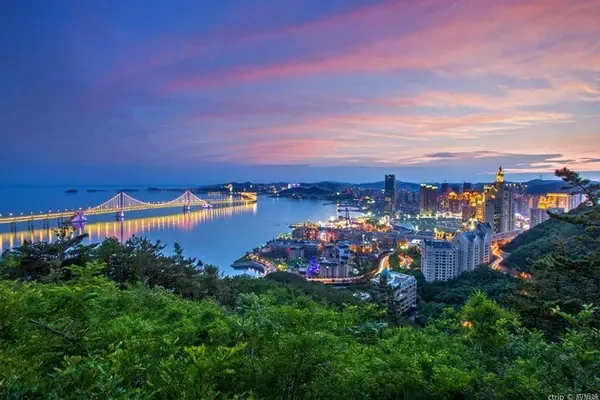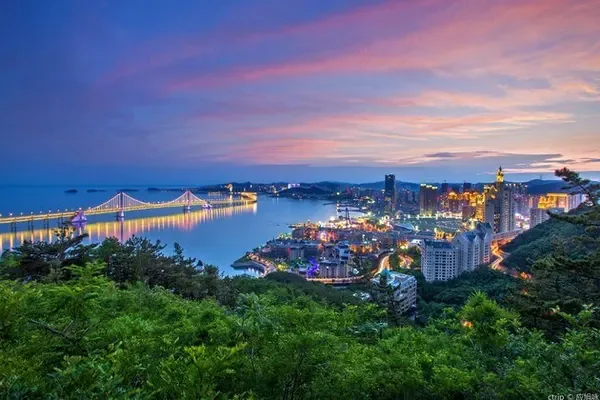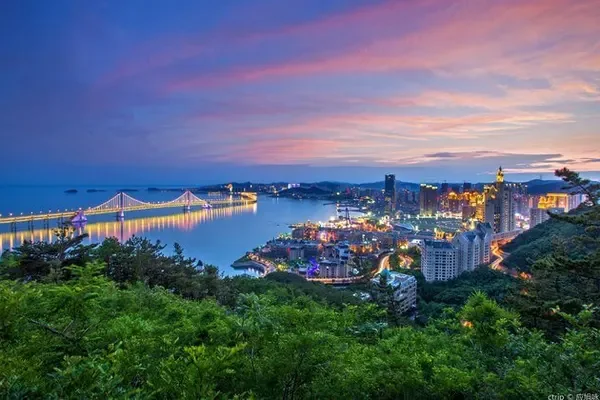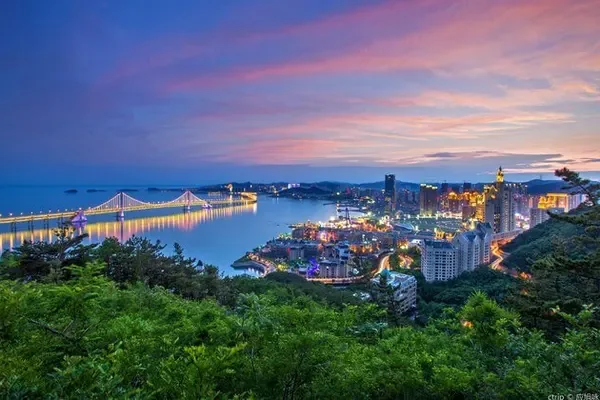
The first stop in Xinjiang is Turpan. "Turpan" is said to be "rich and rich" in Turkic; "city" in Uyghur; "a place with many fruits" in Uighur; and "the lowest place" in Uighur. The four statements seem to be very reliable, but it is not clear which is right and which is wrong. There is a saying here that "wear cotton-padded jackets in the morning and gauze in the afternoon, and eat watermelon around the stove", which is actually not such an exaggeration. It's just that, at noon, it's hotter than Dongyang, and in the evening, there's a cool breeze, like spring coming back. What I have to mention is that Father-in-law Sun Xingxing sleeps all night, until 22:00, he reluctantly bid farewell to his job.

The hottest, the lowest, and the sweetest, these are Turpan people's self-evaluation of temperature, terrain and fruits. "The grapes in Turpan, the melons in Hami, and the apples in Aksu are top-notch." For the people of the whole country, Turpan is probably most famous for its grapes. However, many people don’t know that behind every bunch of brilliant grapes, there is a silently hidden, strictly speaking, a Karez well.

Xinjiang has 10 secrets, Karez is one of them. It's really mysterious, and I didn't know anything about it before. After visiting Turpan in person, it was the first time I got a taste of its name, and I took it for granted that it was just an old well with a story.
Unexpectedly, Karez in Turpan is as famous as the Great Wall and the Grand Canal, and it is one of the three greatest projects in ancient my country. When I heard this news, I just smiled. Didn't our hometown also have the rhetoric of "Northern Forbidden City, Southern Suyong". But how many people in the country don't know the Forbidden City, and how many people know Suyongtang?

It turns out that my "smile" is shallow, extremely shallow. Karez well in Xinjiang was first built in the Western Han Dynasty. The trickling stream from the snow-capped mountains has been flowing underground for more than two thousand years. "Historical Records" called it "well channel". Such an ancient underground channel, how could there be no wonderful stories. Karez was an important strategic support for the expansion of the Western Regions in the Han Dynasty. During his exile in Xinjiang, Minister Lin Zexu of the Qing Dynasty dug more than 300 Karez wells, which the local people affectionately called "Lingong wells". It seems that gold shines everywhere.
Xinjiang is far from the ocean and has a dry climate. The Turpan Basin is even more unreasonably dry, with an average annual precipitation of only 16 millimeters. Let’s make a comparison. On July 23, 1989, 231mm of rain fell in Dongyang within 24 hours, known as the “7.23 Flood” in history. The amount of precipitation in Dongyang that day exceeded the sum total of 14 years in Turpan.
The annual precipitation is only 16 millimeters, and the difference between raining and not raining is not big, but the evaporation is more than 3000 millimeters, making it a veritable drought pole. With such climatic conditions, it is no wonder that the land does not become a desert.
God wants to turn Turpan into the second Lop Nur, but it has not been approved by human beings. There are two basins between the three mountains in Xinjiang, the Tianshan Mountains, the Altai Mountains, and the Kunlun Mountains, all of which are giant mountain ranges. Many mountain peaks are covered with snow all year round, and after the snow melts, it naturally flows to the lower places. Turpan is surrounded by mountains. The main peak of Bogda Mountain in the north is 5,445 meters above sea level, while most of the basins are below 500 meters above sea level. The lowest point is Aiding Lake, which is only minus 154 meters. In addition, the soil is mostly gravel, with strong water permeability, and most of the snow water seeps into the ground and reaches the aquifer of the basin. As a result, exploiting groundwater has become the only way to irrigate agriculture. Therefore, the wise Xinjiang people took advantage of the high surrounding basin and the low central location to lead the spring water out of the ground, thus Karez was born.
According to statistics, Karez is more than 5,000 kilometers long and is known as the "underground canal". The vastness of the project and the ingenious design are breathtaking. According to the records of "Xinjiang Fengwuzhi", there are more than 1,600 Karez wells in Xinjiang, of which there are 1,046 in Turpan.
"Kan'er" literally means "the most critical place or opportunity", and matching it with the word "well" also proves the strategic position of this underground water conservancy project from one aspect.
Karez wells are mainly divided into shafts, culverts, open channels and dams. The most important pass to overcome when digging a well is to accurately find the undercurrent of the mountain snow water, otherwise it will become "Yang Bailao". Then, shafts with a depth of nearly 100 meters and a shallow depth of more than 20 meters were drilled at certain intervals to collect water sources. Then, according to the topography of each shaft, dig underground channels to communicate with each other, divert the water downstream, and gather the underground subsurface flow into a river. The outlet of the culvert is connected to the open channel, and the groundwater is continuously drawn to the ground to moisten the farmland that is not exposed to rain and dew.
Karez wells are mainly culverts, which protect precious water sources from the influence of heat, strong winds, and sandstorms as much as possible, and maintain a stable flow for a long time. It flows from high to low, providing relatively low-cost water supply for oasis life. Without Karez, there would be no "the grapes are ripe in Turpan".
Karez was originally not in our travel menu, but now that we know something about it, we must see it. The owner of the homestay said that there are several Karez scenic spots in Turpan, and asked whether we should go to the urban area or the countryside. My first reaction was why do we need Karez in the urban area, and there are not many crops there. But this idea is really naive. Don’t people of all ethnic groups in Turpan need to drink water?
In the end, we chose Turpan Karez Paradise located in the suburbs. The park is not big, but very delicate. It takes science popularization as the core, and skillfully integrates elements of folklore, history, culture, geography, etc. It is an excellent science popularization and education base for Turpan's history and culture, especially Karez.

Frankly speaking, if you only want to see this place as a natural scenic spot, you will be disappointed, and you will mutter about the 40 yuan ticket.
The entrance of the scenic spot is a leisure area, and the rockery pool on the right simulates the open channel mouth and water storage dam of Karez Well.
Passing through the leisure area is a grape corridor built along the open channel. The green and plump grapes hang all over the shelf, presenting an overwhelming momentum.

Walking along the corridor, you can see the Karez ground construction exhibition area and museum. But if you observe a little bit and think a little bit, you can understand what is going on in Karez.
What comes next is the main event. A spiral corridor circles a shaft and spirals down to the display area of the culvert. Entering the bottom of the tunnel, you can slowly appreciate the mysterious dark canal. Under the light, the water looks more clear and charming. It is conceivable how difficult it must be to dig such a narrow and long underground canal in such a deep underground. Over the past 2000 years, how many people have paid their efforts, sweat and even their lives for this.

Walking along the dark culvert, it suddenly became clear, and a not-so-small dome hall appeared in front of you, surrounded by a dazzling array of tourist souvenirs. Ah... the trip is coming to an end so soon? indeed so. Then go up the spiral path and return to the ground.
Returning to the grape corridor, looking at the lush green and attractive sweetness, I have to admire the greatness of the ancestors. The vitality in front of me is all thanks to this Karez.




